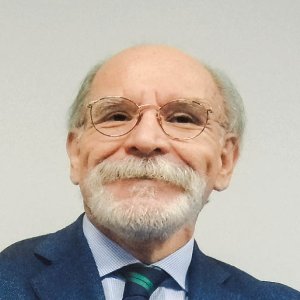Coordinated Effort Needed for Stem Cell Progress

Coordinated Effort Needed for Stem Cell Progress

STORY INLINE POST
Q: Could you give us some background on GIINT’s business line?
JL: Our focus is on longevity and regeneration. Our approach is to study the molecular mechanisms that underlie aging and regeneration by using the therapeutic properties of mesenchymal stem cells. Our goal is to use what we learn to improve human health by slowing the physiological decline associated aging and to stimulate regeneration of damaged tissues. These are going to be two of the most therapeutically promising areas to prolong the healthy years of life.
Q: What is it that interests GIINT in age-related disease and regenerative medicine?
AF: It is hard not to be interested in these topics as everyone ages. Adults experience declines in tissue function and quality of life as they grow older, and an increase in our understanding of how stem cells can slow down or even revert these processes has put us in a special position. For the first time, we actually have the potential to ameliorate the decline in health that we all experience.
Q: What are the potential clinical implications of your research into the molecular mechanisms underlying the life-prolonging effects of mesenchymal stem cells?
JL: We base our research on the mesenchymal stem cells properties based on evidences with strong support of different teams such as basic science, translational medicine and medical specialist. As the cells have properties such as anti-inflammatory, immunomodulation, angiogenesis, homing, and anti-fibrosis they open a new horizon and possibilities for different age-related processes and quality of life decline.
Q: How is GIINT collaborating to support local and international research efforts in stem cell therapy?
AF: At GIINT our mission is to accelerate stem cell treatments to patients with unmet medical needs and this mission guides all our activities. We are making advances in Basic Science and Transnational Medicine. In direct collaboration with national research centers like CINVESTAV, CIATEJ, UNAM and international players in US, Israel and South America.
Q: What are the challenges you have come across in your business?
JL: There have been lots of challenges. But also, science and state-of-the-art discoveries are faster than regulations and policies making. We know that authorities and specialist need to work in synergy in order to develop outstanding laws and normativity. Through our bio-ethical and scientific committees, we approach the authorities giving evidence of different protocols that can help the patients. We strongly believe that working as a whole unit, the patients will be the most benefited with these avant-garde techniques.
Q: What are the next steps in your research?
JL: We are starting to venture in the fascinating process of neuro-regeneration in neurodegenerative diseases such as multiple sclerosis, spinal cord injury, Parkinson’s and Alzheimer’s with the use of dental pulp stem cells and neurotrophic factors secreted by them.
Q: What are the challenges in regenerative medicine?
JL: Regenerative medicine has been enthusiastically received as it holds the potential to make further interventions redundant. Also, it may provide solutions for as-yet-untreatable conditions, and it may benefit anyone from neonates (possibly even fetuses) to the elderly. All medical fields have embraced it, from dentistry and orthopedics to neurosurgery and cardiology.
AF: Another milestone for the regenerative medicine field is the ability to automate manufacturing for technologies that are often personalized and to do so in an effective manner that allows for products to be scaled up at a reduced cost.






















